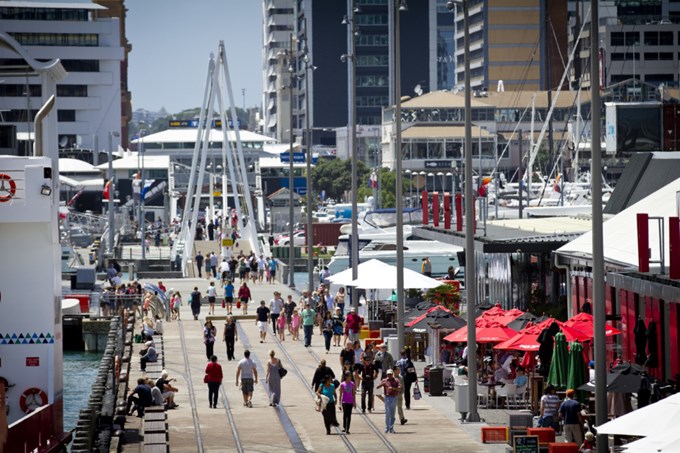How communities are planned and designed has a positive effect on the health of residents, says Auckland Council urban design champion Ludo Campbell-Reid.
Mr Campbell-Reid welcomed a report by Healthy Auckland Together (HAT), a coalition of health organisations to reduce obesity through increased activity and better nutrition, which showed an upswing in walking and cycling, and recorded a small decrease in obesity levels for Maori and Pacific Island boys.
HAT’s analysis of walkability data shows older and denser parts of Auckland are easy to get around – while the outer suburbs are less attractive for walking with fewer amenities and connected routes.
Mr Campbell-Reid isn’t surprised with the correlation between urban design and healthy living.
Healthier, happier, connected communities
“The impact of urban design on our physical and psychological health and wellbeing is profound. Well-designed places create healthier, happier, safer and more connected communities. Poorly designed places create the reverse,” says Mr Campbell-Reid.
“When you design and plan cities you do not see the division. Great cities are all about bringing these aspects together in a cohesive and connected whole. We are also committed to growth through a more dense, compact city philosophy, developing new communities which encourage people to walk or cycle over using their cars.
“There’s certainly an argument for a closer link between local authority planning related services and large-scale health and education programmes.”
The best way to lessen the cost of healthcare services is to plan and design our cities better to encourage walking and active lifestyles. It‘s really quite simple, he says.
For more information on the Auckland Design Office’s urban planning guidelines policy click here.


